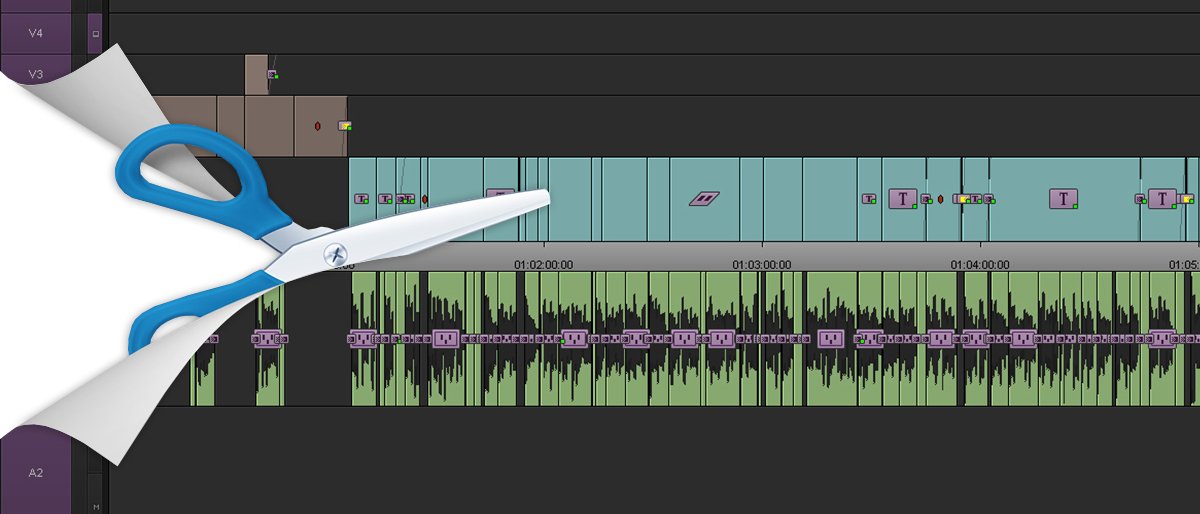Definition of Rough Cut
Today is Part 2 of my 4-part series on post-production terms. To understand more definitions, check out the Stages of Post-Production.
Edited from an Assembly Cut, a Rough Cut is the first cut that resembles an actual documentary movie. The Rough Cut requires a sharp cutter to shave away the chaff–as well as heavy structural lifting to correctly order scenes.
With a focus on dramatic pacing, the purpose of a character-driven Rough Cut is to hone in on narrative arc(s) and, if there are multiple arcs, identify where they intersect.
In an essay-style Rough Cut, ideas find their logical structure, and character anecdotes are placed where they can best illustrate those ideas.
Generally cut within 10% of the film’s final TRT, Rough Cuts may include narration (VO or text), temp music, and J&L cuts that flesh out verite scenes.
They identify and solve two essential editorial problems:
- How to maximize drama so viewers stay engaged rather than bored?
- How to clarifying content so it’s informative rather than confusing?
Thanks to director Gillian Klempner Willman for this testimonial about working with us during Rough Cut stage:
Having Karen as a story consultant not only gave me much-needed “company” in the Rough Cut process, but her fresh insights and unique way of dissecting a film have infused my project with new life! Watching her “Video Notes” on my Rough Cut–and seeing where she nodded, laughed, questioned, and grimaced– was both entertaining and incredibly useful.
